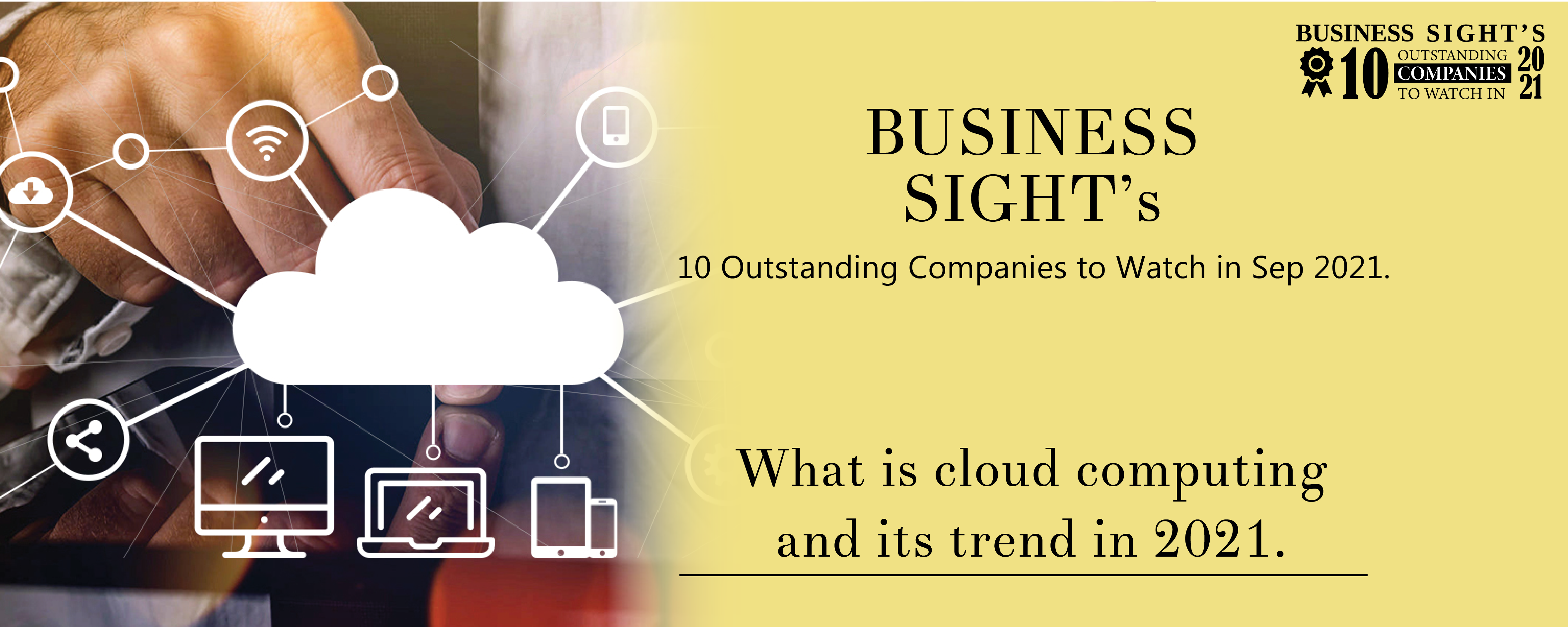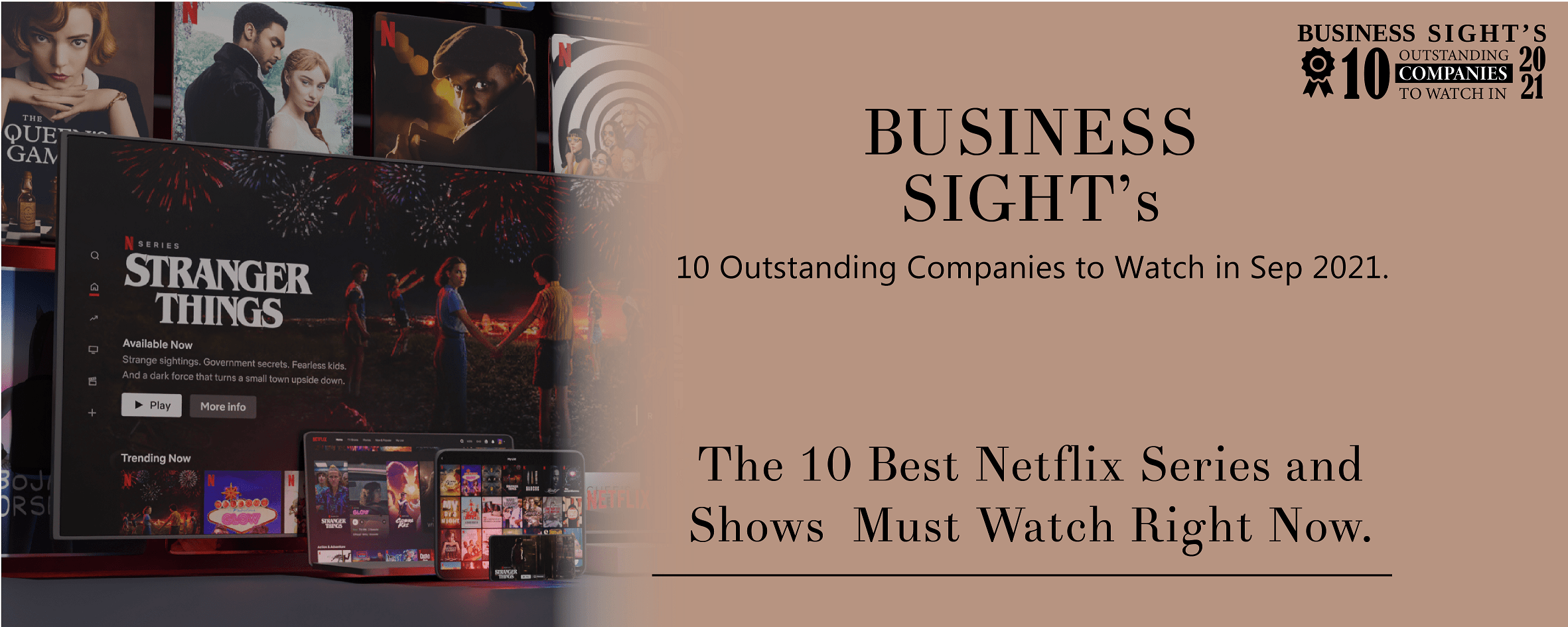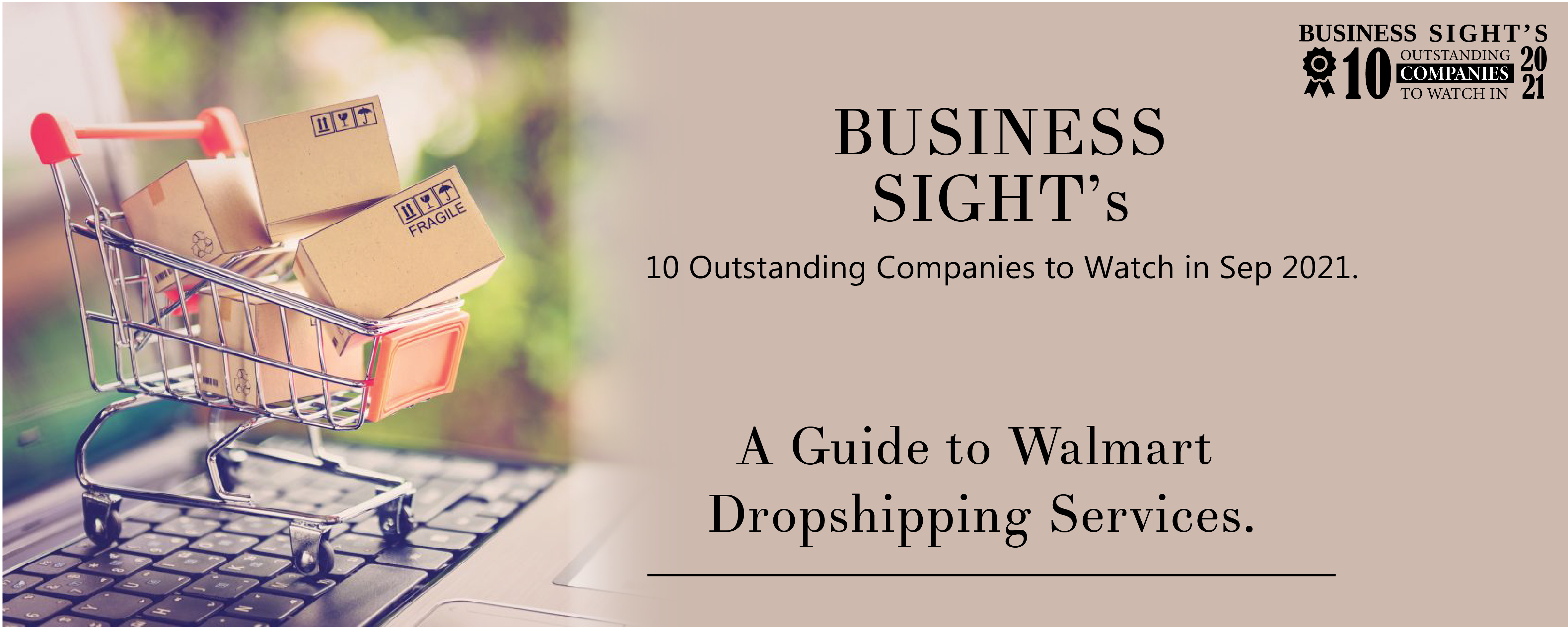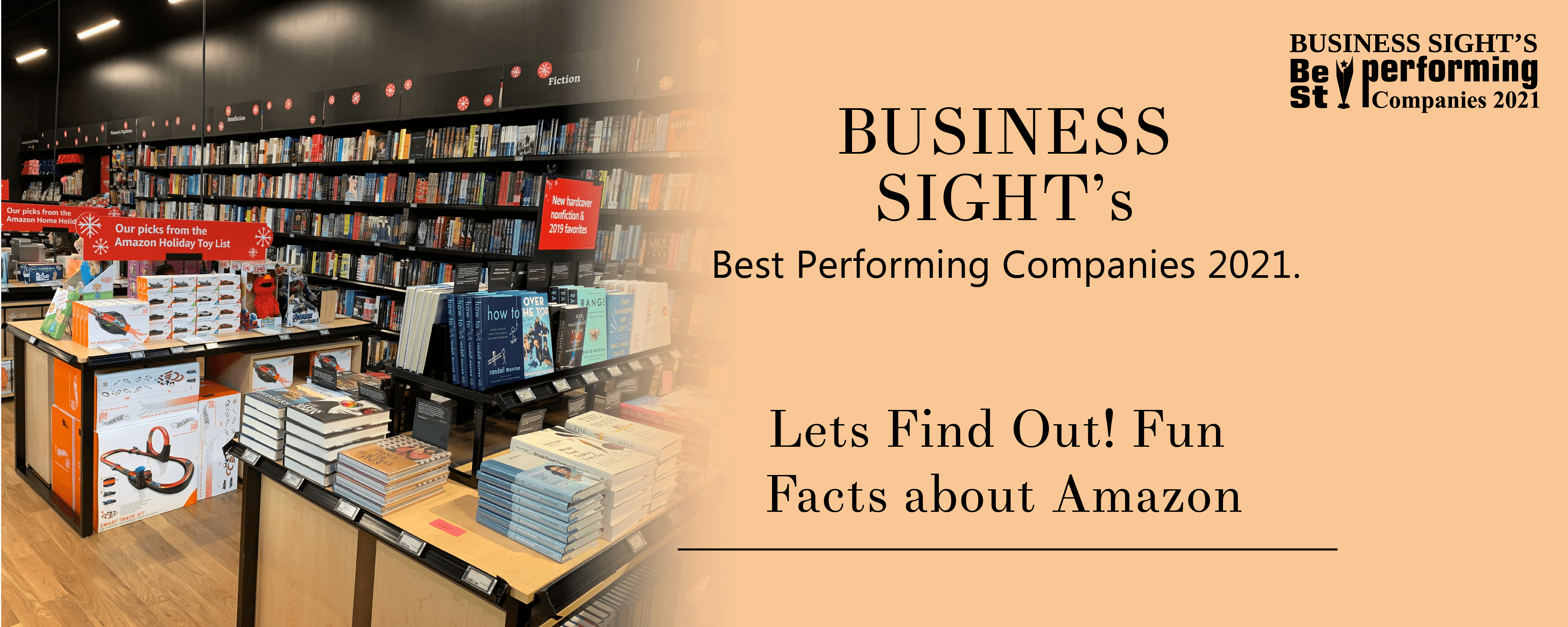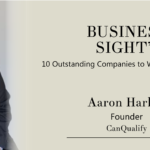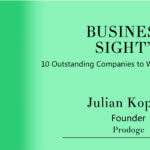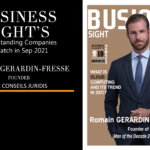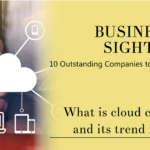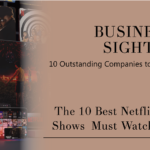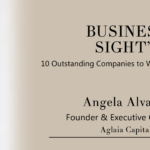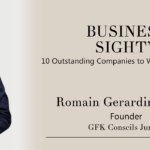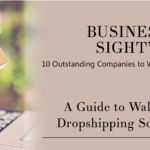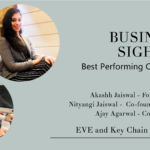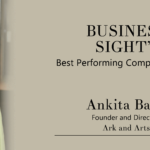Industry Immersion: The Importance of Diving Deep
Have you ever learned a new skill? Picked up a second language? Found a new hobby? It can be daunting at first, but as you immerse yourself in it you begin building confidence and familiarity. Something that seemed complex and unapproachable at the outset eventually feels elementary. You come to understand its nuances and begin feeling like it’s a part of your life.
When entering unfamiliar industries, this learning process helps build empathy and expertise. It allows you to dive into problems you’re passionate about but largely unfamiliar with. Immersion grants entrepreneurs the opportunity to truly understand a space, and it provides them with the background to create a business that genuinely addresses a need.
or our company, Luna Lights, this process of understanding and ownership came from what some may consider an unlikely place — senior living. More specifically, gaining perspective on how the Internet of Things and connected products can influence the world of senior living.
I know what you’re thinking. Why would someone create a technology solution for an industry that has traditionally been one of the slowest movers when it comes to technology adoption? I could delve into stats surrounding demographic shifts and provide numerous
examples surrounding why the industry is ripe for innovation, but I’ll spare you.
At the end of the day, we took the plunge for two reasons: we care about our fellow humans and we love a good challenge. We first started Luna Lights because each member of our team has had experiences with grandparents who have fallen. Falls are a universal issue, however, and pretty much everyone has been affected by them in one way or another. Given our grandparents’ struggles with falls and the severity of the problem, we felt compelled to help.
When we first approached the problem, we had no idea what we were getting ourselves into. We set out with a specific goal in mind — to create a tangible solution that would help not only older adults but their caregivers and senior living communities. The challenge, however, was determining how to keep all our stakeholders’ best interests in mind while simultaneously creating a single offering.
The decision was made to spend a few months within senior living communities over two summers to get a better feel for potential stakeholders and pain points. We felt a need to understand everything about the environment we were in, and we were willing to do whatever was necessary to facilitate this learning. We even spent a summer working for a community in their dining services department to get to know the space better.
This ended up being a key experience for us as it allowed us to learn about the issues these communities were facing. In particular, we observed nighttime falls as especially worrisome. There were times a resident would come down for breakfast with bruises due to falls, and caregivers had no idea anything had happened during the previous night. We quickly realized that this was our opportunity to make an impact and saw a path forward by creating an IoT product centered around better lighting and caregiver notifications.
For those of you who are interested in design, you can imagine that creating such a solution was a tall task. Not only did we need to acclimate to an environment that we were completely unaccustomed to, but we had to become experts in the field of connected products. Our engineering backgrounds certainly helped, but designing and implementing a mass-produced offering for a user group that was at a minimum forty years older than us would require planning and thoroughness. We not only spent our days in engineering labs, where we could learn and ask questions, but we spent full nights in senior living communities observing patterns. Through this, we learned a few key things:
First, with any product, ease of implementation and ability to integrate into current workflows and behavior patterns is vital for success. Within senior living, this is of the utmost importance. Although we set out to design a solution for older adults, we realized that to gain traction within senior living communities it would need to improve the caregiving experience for night staff. No one likes to be told how to do their job, and recent college graduates with limited experience in senior living shouldn’t attempt to do so. Instead, we developed a true belief in the awe of automatic — that we could leverage IoT automation to help remove job stresses that they were already experiencing and make everyone’s life in the community better.
Another insight surrounded the lack of new technology within senior living. Many of the communities we initially visited were still keeping records via paper and pencil. Anything new can face hurdles and skepticism, so you can imagine our anxiety surrounding bringing a connected product to this market. What we learned, however, is that technology is not a prohibiting factor — complexity is. Simplicity is key for success, and embracing this notion allowed us to not only build confidence surrounding our offering but also our ability to sell it. Even if we had developed the most impressive, groundbreaking tech ever conceived for senior living, the way we presented and packaged it would be a determining factor for success.
When starting out in senior living, we embraced the fact that we had a lot to learn. For any entrepreneur who’s first starting out in a new industry, we’d like to emphasize this advice: Go in with an open mind and talk with all potential users and stakeholders. Be willing to ignore current biases and absorb a variety of perspectives and experiences within a given space. Anyone can grasp the scope of an industry — it just takes time and a desire to make a difference to be successful.


